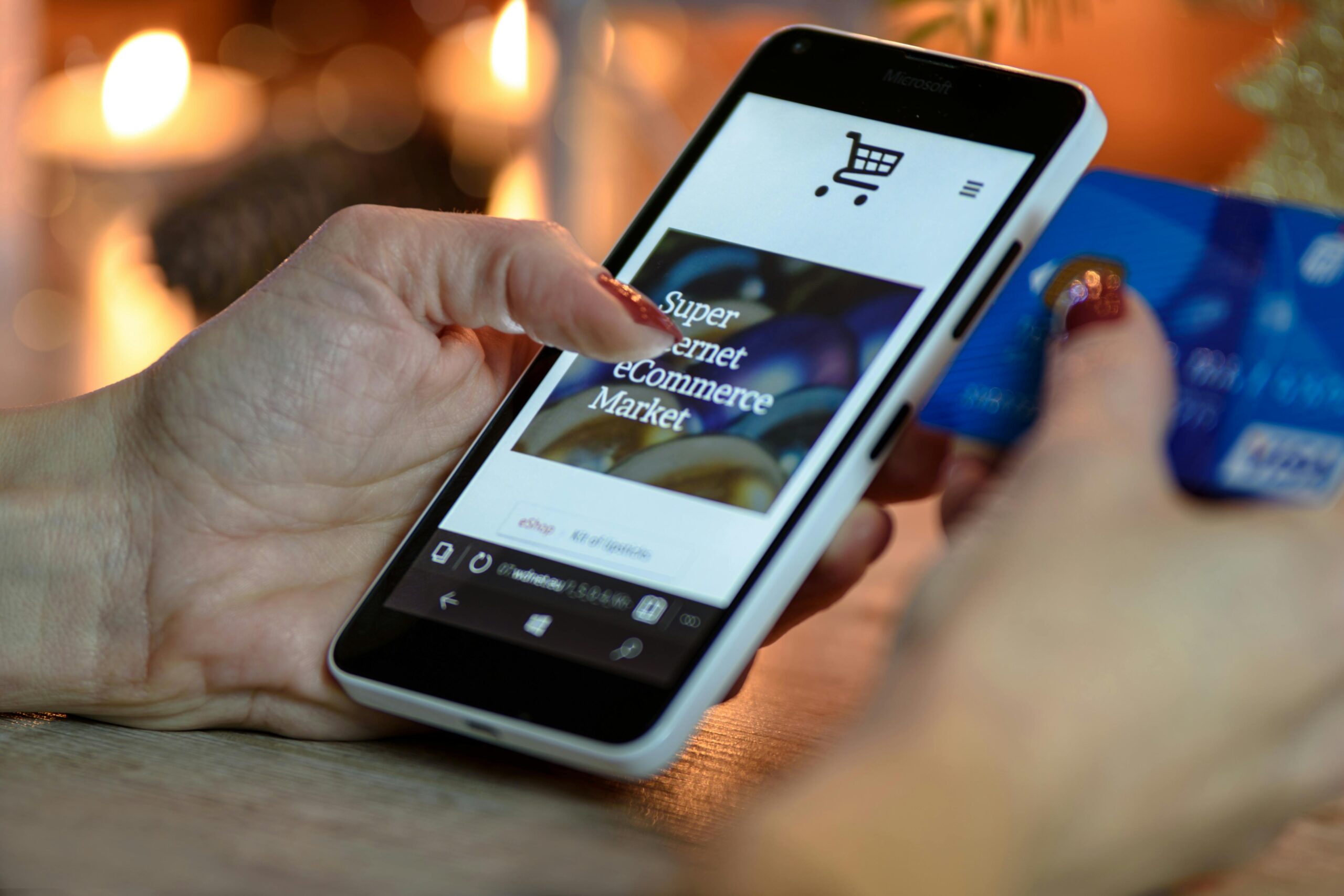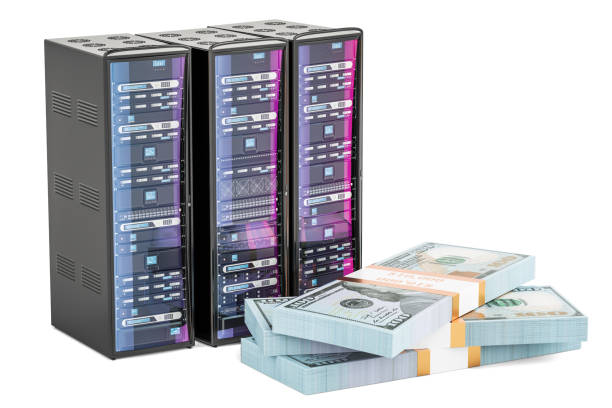With the rise of one-click purchases , BNPL (Buy Now, Pay Later) services, and credit card rewards , online shopping has never been easier — or more dangerous.
At first glance, it seems harmless:
- “Just one small purchase.”
- “I’ll pay it off next month.”
- “I’m earning points, so it’s worth it.”
But for many consumers, these seemingly innocent decisions lead to a cycle of debt , overspending , and financial regret .
In this guide, we’ll explore:
- How online shopping exploits credit convenience
- The psychology behind impulse buying
- Real-world examples of people who fell into the trap
- Smart strategies to avoid overspending with credit
Let’s dive into The Credit Trap of Online Shopping — and how to escape it before you swipe again.
Why Online Shopping Makes It So Easy to Spend on Credit
Online retailers aren’t just selling products — they’re selling convenience . And that convenience comes at a cost.
Psychological Insight: The Illusion of Free Money
Credit cards and BNPL services create a psychological gap between spending and consequences. Studies show that people spend up to 30% more when using credit instead of cash — because the pain of payment is delayed .
This makes it easy to justify purchases now and worry about them later.
6 Ways Online Retailers Encourage Credit Spending
Here are the most common tactics used by digital stores and platforms to get you to use credit — often without realizing it.
1. One-Click Checkout
Amazon popularized one-click purchasing , and now nearly every major retailer follows suit.
The Risk:
You can buy something in less than a second — and forget what you’ve bought by the time the receipt hits your inbox.
Pro Tip: Disable saved payment methods unless you’re ready to commit to a purchase.
2. “Buy Now, Pay Later” Promotions
Services like Klarna , Afterpay , and Affirm promise no upfront costs , but they come with hidden interest rates and late fees.
The Catch:
Many users treat BNPL as “free money” — only to realize later that they’ve taken on debt they hadn’t planned for.
Pro Tip: Always read the fine print. If you can’t afford to pay in full, don’t use BNPL.
3. Points, Rewards, and Cashback Offers
Credit card companies love making you feel smart when you earn rewards.
But here’s the truth:
If you’re spending more to earn points, you’re losing money — not gaining it.
Example:
A $500 item earns $25 back in rewards → still costs $500
Many users end up spending extra to reach reward thresholds
Pro Tip: Use rewards strategically — not as an excuse to shop more.
4. Flash Sales & Limited-Time Discounts
Retailers know that urgency drives action.
“Only 3 left!”
“Offer ends in 3 hours!”
“Last chance to save!”
These messages trigger fear of missing out (FOMO) — especially when paired with credit options.
Pro Tip: Set a 24-hour rule. Wait a day before buying anything on sale — even if it’s discounted.
5. App-Based Purchasing
Mobile apps make shopping even smoother — and more addictive.
Why It’s Dangerous:
- No confirmation step
- Auto-saved payment info
- Push notifications for deals
- Quick access to multiple BNPL options
A quick scroll becomes a purchase — fast enough to bypass rational thinking
Pro Tip: Turn off push notifications from shopping apps during budgeting periods.
6. Subscription Upsells & Hidden Recurring Charges
Many sites offer free trials or limited-time discounts — but require credit card details.
What happens next?
- Forgotten subscriptions pile up
- Renewal charges go unnoticed
- Small monthly payments add up over time
Pro Tip: Use a dedicated card or virtual card just for subscriptions — and review it monthly.
Real-Life Stories: When the Swipe Became a Slippery Slope
Let’s look at how easily people fall into the credit trap of online shopping .
Case Study 1: The Amazon Prime Subscriber
Background: A college student signs up for Amazon Prime to get free shipping.
What Happened:
- Used 0% APR credit card for convenience
- Started ordering daily items without tracking cost
- Missed payment due date after graduation stress
- Ended up with $1,800 in debt and damaged credit
Lesson Learned: Convenience leads to habit — and habit leads to overspending.
Case Study 2: The BNPL Enthusiast
Background: A young professional uses Afterpay to buy clothes she can’t afford upfront.
What Happened:
- Thought she was managing her budget well
- Forgot about upcoming installments
- Missed payments → late fees → negative impact on credit score
Lesson Learned: BNPL may feel like freedom — but it’s still debt.
Case Study 3: The Tech Lover
Background: He loves gadgets and always pays off his balance each month.
What Happened:
- Bought a new laptop on installment
- Didn’t track minor purchases
- Found himself maxing out two credit cards within six months
Lesson Learned: Even responsible users can be lured by ease of access.
Frequently Asked Questions (FAQ)
Q: What is the credit trap of online shopping?
A: It’s the tendency to overspend using credit cards, BNPL services, or loyalty programs — often without realizing the long-term financial impact.
Q: Does using BNPL affect my credit score?
A: Yes. Missed payments can damage your score — and some BNPL services report to credit bureaus.
Q: Should I avoid using credit cards online?
A: Not necessarily — but only use them if you have a plan to pay off balances immediately.
Q: Are online flash sales really worth it?
A: Only if you were already planning to buy the item. Otherwise, they encourage unnecessary spending.
Q: Can I reverse a purchase made with credit?
A: Sometimes — but returns take time, and you’re still responsible for the charge until processed.
How to Avoid Falling Into the Credit Trap
Here are actionable steps to protect yourself while shopping online.
1. Treat Credit Like Cash — Not Magic
Remind yourself that credit is borrowed money — and you will pay for it eventually .
Avoid treating it as “extra” income or a bonus.
2. Remove Saved Payment Methods
Go to your favorite shopping sites and delete stored credit card info .
This adds friction — and gives you time to think before hitting “buy.”
3. Use a Budgeting App
Track every purchase — no matter how small.
Try apps like:
- YNAB (You Need A Budget)
- Mint (now Albert)
- Goodbudget
- PocketGuard
Set alerts for large purchases or category limits.
4. Avoid Impulse Buying Triggers
Unsubscribe from promotional emails, turn off app notifications, and unfollow shopping accounts during budgeting season.
Also consider:
- Using browser extensions like Freedom or Cold Turkey to block shopping sites
- Setting a “cooling-off” period before checkout
5. Review Your Monthly Statements
Even if you pay off your card every month, review your statement for:
- Subscriptions you forgot about
- Minor purchases adding up
- Any unfamiliar charges
One forgotten $10/month subscription can become $120/year — and worse, $50+ ones can spiral quickly.
Final Thoughts
The real danger of online shopping isn’t the product — it’s the ease of access to credit .
It’s too simple to click “checkout” and move on — forgetting that the real cost comes later .
By being mindful, setting boundaries, and understanding how digital retailers exploit convenience, you can enjoy online shopping — without falling into the credit trap .
Because the goal isn’t to stop enjoying life — it’s to enjoy it responsibly .
So next time you see that flashing “Complete Purchase” button — pause, reflect, and ask:
Am I swiping for joy… or just impulse?





